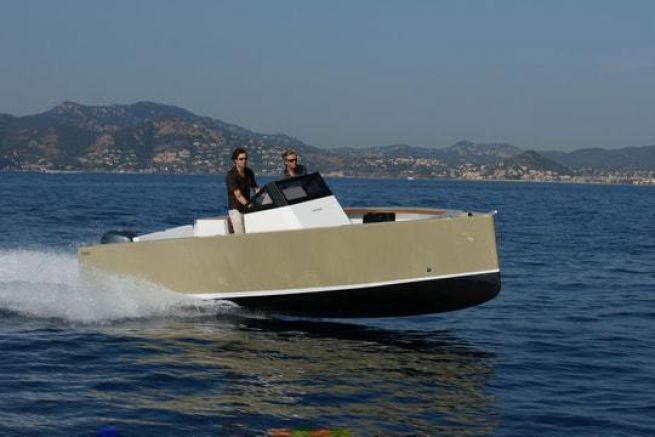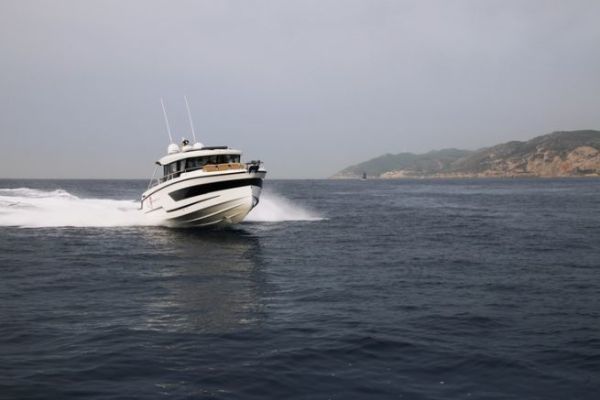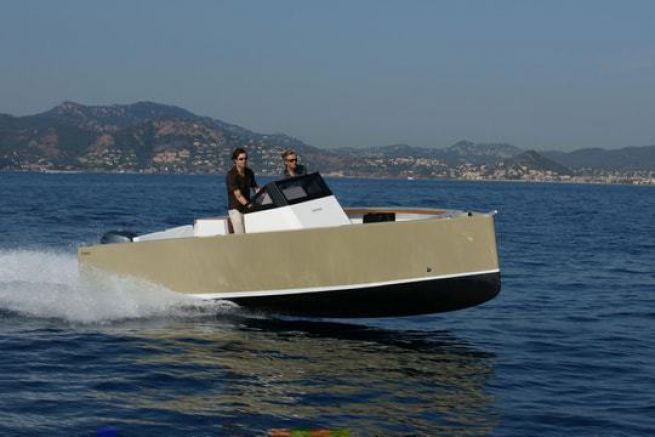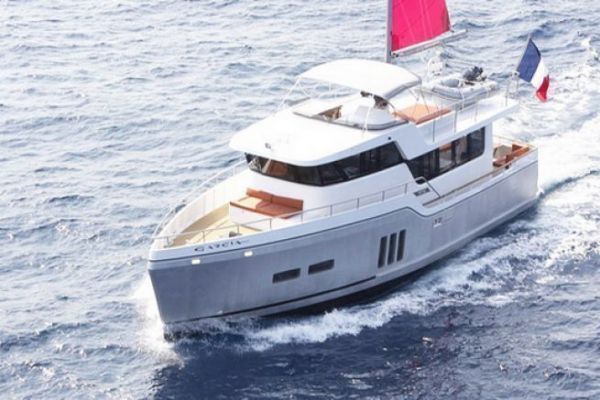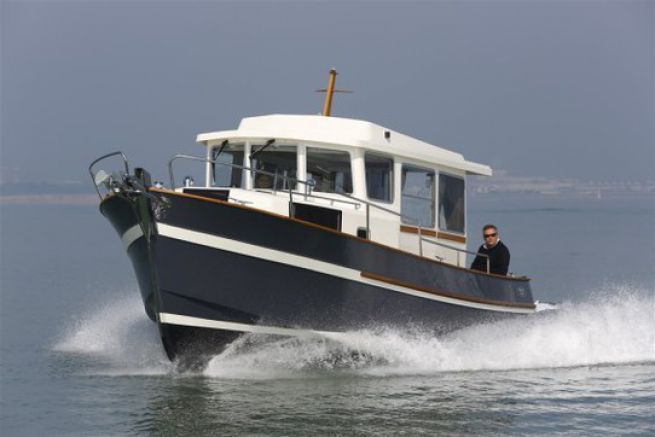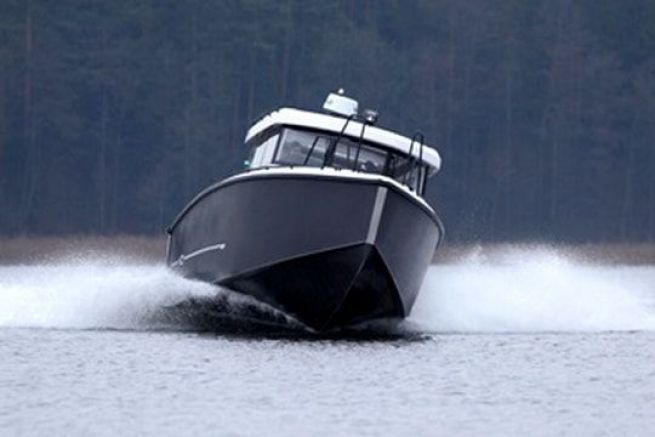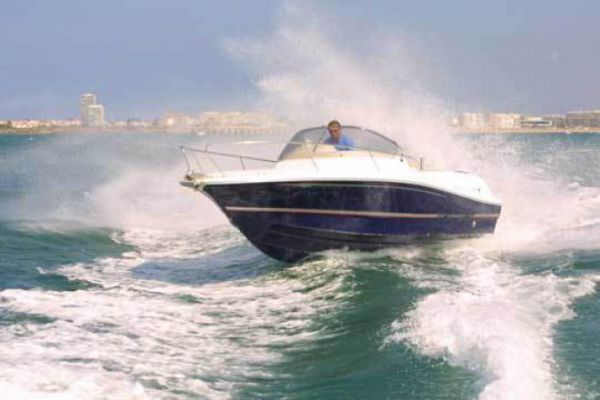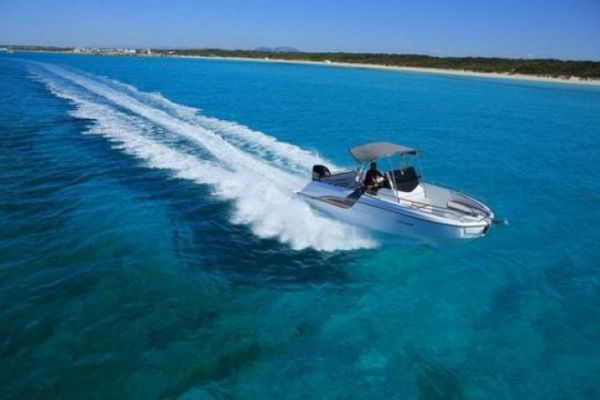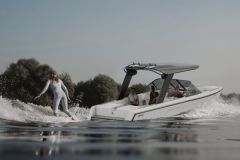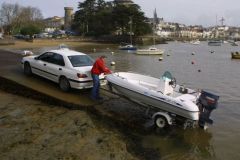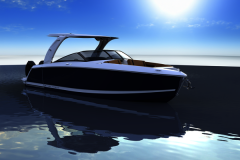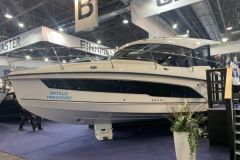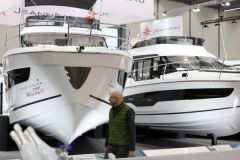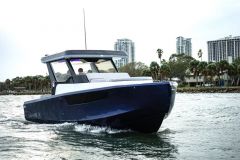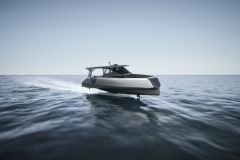Definition of a hull
The hull is the submerged part of the hull of a boat, which is under water. It is also called "live works" as opposed to the emerged part of the hull, which is on the water and can be called "dead works".
There are three main families of hulls:
- planing hulls
- semi-planing hulls (or semi-displacement)
- displacement hulls .
Even if each one has advantages and disadvantages, there are no good or bad hulls. To choose a hull, it is important to define your sailing program through a set of specifications, as explained by naval architect Pierre Delion, of the naval architecture firm Archi-delion. But there are other parameters that come into play.
How to choose your hull ?
"It's good to choose your hull according to your sailing program. You have to define your specifications at the design stage. But a good hull also depends on the center of gravity of the boat. The design of the hull shape is dictated by the center of gravity of the hull, which depends on the center of gravity of the boat. The volume distribution of the hull design is a function of the boat's center of gravity. Finally, habitability is also a factor, because today's boat builders are looking to gain a maximum of interior space. For example, on planing hulls, the progressive shape of the V is often dictated by habitability.
Each shipyard also has its own philosophy when it comes to hulls. Open, helmsman or cabin. These programs vary the hull shape a little bit, so it's a good fit."
What is the best hull?
Finally, there is no truth about which hull is the best. There are only arguments according to the needs of each person . Naval design firms have databases on each hull, with speeds, advantages, disadvantages... but these are more or less important parameters.
Propulsion also makes a big difference. Today, we pay more attention to the efficiency of hulls, because fuel is expensive. In the past, to make up for a few hull defects, we added a few extra horsepower. Now, we pay more attention to balance and we are helped by increasingly sophisticated software. This is really characteristic in the professional environment, in fishing as well as in trade... where the quality of the hull allows energy savings.
But for example, to sail on a lake, you don't need a V-shaped hull. In the same way, a planing hull does not make much sense with an electric motor. So it's up to the architect to adapt the hull to the program...
Will we see other forms of hulls?
The hulls can always evolve, we find tricks, details. We are always looking for other ways with our software. We test, we modify. There are no ideal shapes, because there are a multitude of navigation programs. Nobody has the same movements, the same uses.
